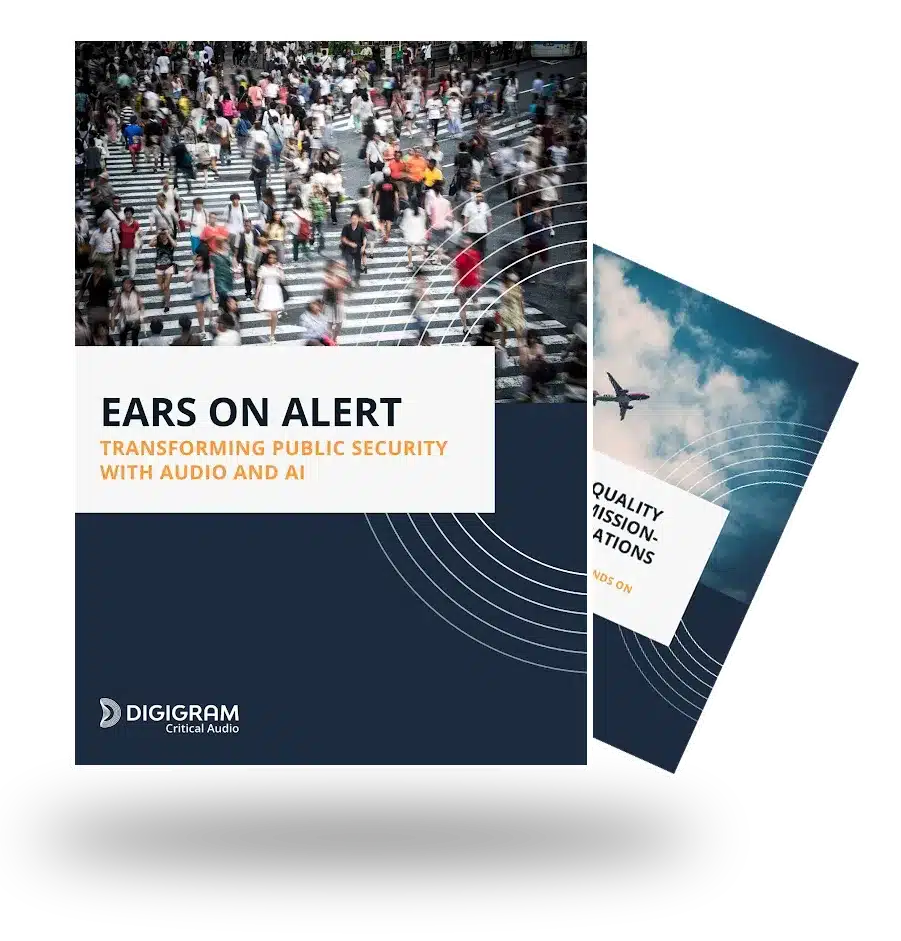THE NEED
With lingering concerns for environmental issues, public authorities are taking measures to reduce greenhouse gas emissions, introducing low-emission areas in cities to tackle environmental pollution. In order to do so, control systems are to be installed and one must-be option is to develop automated solutions for local law enforcement to facilitate the process.
THE CHALLENGE
While cities have already deployed numerous cameras for security and traffic control purposes, they currently lack the ability to distinguish between thermal and electric vehicles on the streets. Apart from the difference in CO2 emissions, one of the key distinctions between these types of vehicles lies in the engine noise they produce.
In order to deploy a smart system and tackle the subsequent challenges, the technical requirements include the following points. Firstly, the solution considered should be portable, enabling easy movement and relocation on the go to different sensitive zones for audio data collection. This involves creating an embedded system that is compact, lightweight, and easy to transport in the field. Secondly, this audio recognition system should be battery powered with sufficient battery autonomy for the solution to operate overlong periods without frequent charging, minimizing interruptions in the data collection. Last, the audio collection should be extremely authentic, reflecting the high end audio components embedded in the system. This last prerequisite is the signature guarantee of a system’s accuracy for later performance.
THE SOLUTION
To overcome these challenges, Digigram has created a tailored solution consisting of an embedded system equipped with four microphones, a battery offering 8 hours of autonomy, and a sound card for audio transport and processing. Drawing on their expertise in artificial intelligence, Digigram has developed machine learning software trained on a diverse range of sound samples. This AI-powered system can effectively differentiate between thermal and electric vehicles. The sounds captured by the embedded system are transmitted to the AI, which classifies the vehicles in real-time based on their engine type. This system based on real time audio collection and recognition enables public authorities to adjust their circulation policies immediately, or serve as probing systems to elaborate future global policies.



